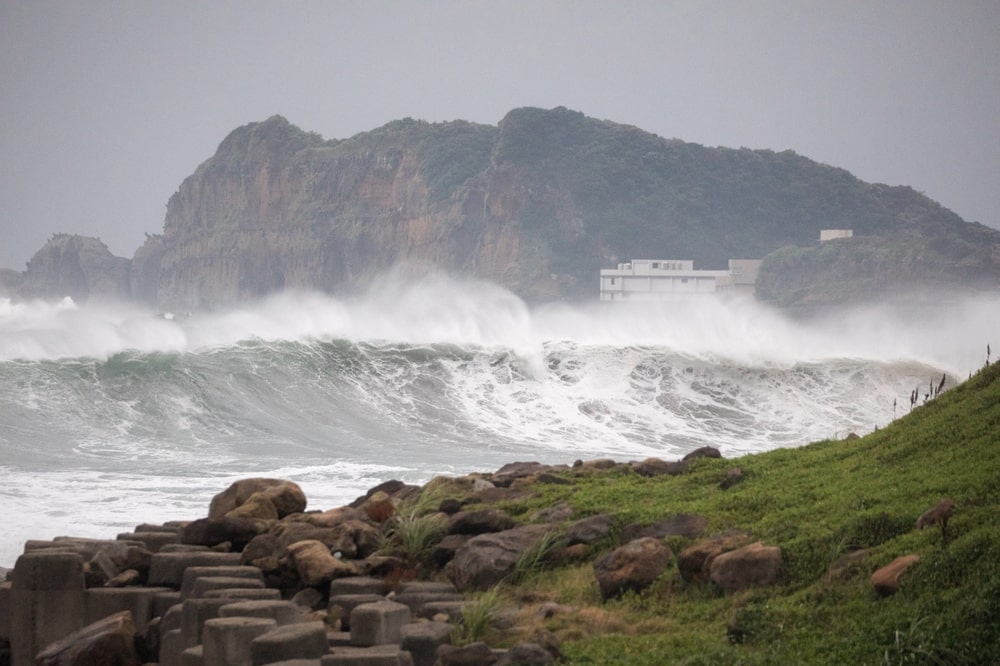
The connected risk and business interruption impacts of storms such as Typhoon Krathon, which hurtled into southwestern Taiwan on Thursday, was highlighted in the latest reporting on the Category 4 typhoon, which has brought the entire island to a standstill for two days.
The Independent reported that Krathon was labelled a “weird” storm by the local media as it: “lingered near Taiwan’s coast for a long time, moving unusually slowly and making landfall on the populated western coast of the island, generally considered safe from typhoons.” Thankfully, as the storm travelled over (relatively) cooler waters to the South of Taiwan, it has begun to weaken before making landfall, the winds notably but this had little impact upon the rainfall as the long ocean track over warm waters has enabled the storm to pick up a lot of moisture, which it retained.
From an insurance perspective, the multi-class nature of this storm is reflected in the fact that schools, offices and shops were shut, flights were cancelled, Taiwan’s stock exchange is shut for two days, while the north-south high-speed rail line suspended services.
The eye of the typhoon reportedly entered the region bringing gusts of over 160 kmph and approximately 10,000 people evacuated from vulnerable areas. At least 51,000 households remained without power, however, one of the main factories of chipmaker TSMC, said operations were normal.
From a meteorological, and perhaps more worrying perspective, slow moving storms are becoming a troubling trend that leads to longer periods of rainfall and more destruction. As the Independent report notes:
“Rising global temperatures are heating ocean surfaces, providing more energy to the atmosphere and supercharging storms. These intensified storms carry more moisture and, combined with weakened atmospheric steering currents like jet streams, they are moving more slowly.”
The so-called ‘weird’ nature of this storm again highlights the importance of granular data. When assessing historical storm information to look for its impacts or potential impacts (had the same urbanisation been prevalent then, as is today), accurately modelling the forward speed of these storms at different stages of their lifecycle, is critical to understanding their impacts.
Regions exposed to long periods or wind and rain will become more susceptible to damage and disruption, Krathon has certainly made a name for itself as a ‘slow-moving’ storm and so its impacts are likely to be severe, especially close to landfall, before more severe weakening occurred. The human costs of these tragic events cannot really be quantified, so our thoughts and prayers go out to the individuals, families and businesses affected by this storm.
Russell’s on-going work to interpret trends in these severe weather events will continue to make use of granular data to most accurately represent the impact/damage caused by each, and its economic loss.

Related Articles
Reinsurance
Reinsurance
Reinsurance